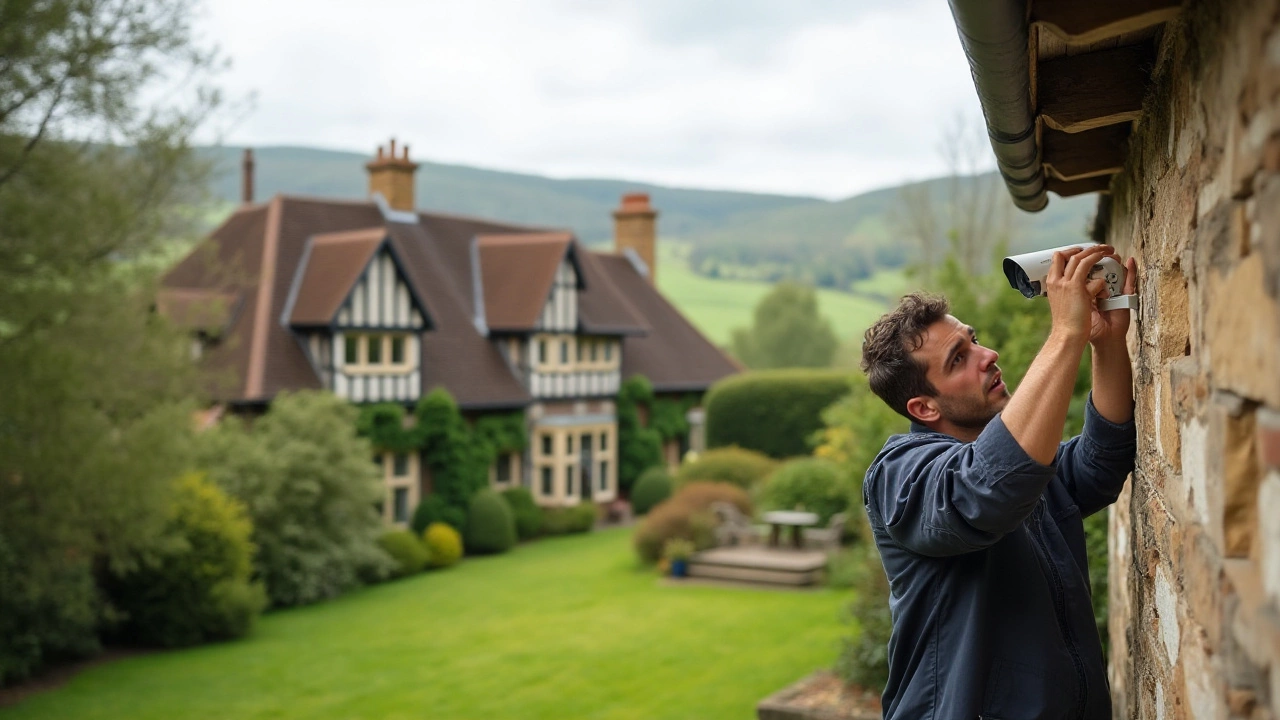If you’ve already bought a security camera, you probably expect crystal‑clear footage and peace of mind. The truth is, a camera works best when you pair it with a few smart habits. Below are the most useful security camera tips that anyone can apply, no tech degree required.
Where you point a lens matters more than the camera’s megapixels. Start by covering entry points—front door, back gate, and any side windows that aren’t locked. Install the camera 8‑10 feet up; this height catches faces while staying out of reach of vandals.
Watch out for bright lights behind the lens. A porch light or streetlamp can flare the image and hide movement. If you can’t avoid it, tilt the camera a few degrees downward so the light hits the ground instead of the sensor.
Don’t forget the corners. Angles that face the driveway and the garden give you a wide view of the property perimeter. Overlapping fields of view create a safety net—if one camera misses something, another will catch it.
Most people think a camera stores video locally, but the best practice is to use the cloud. Choose a plan that keeps footage for at least 30 days; that window is enough to spot a repeated pattern or identify a suspect.
Power outages are a common excuse for missed recordings. Connect your camera to an uninterrupted power supply (UPS) or a battery backup that lasts a few hours. That way the system stays online even when the grid goes down.
Internet isn’t always required for the camera to record, but you need it for remote viewing. If your Wi‑Fi signal is weak at the camera’s spot, add a range extender or use a wired Ethernet adapter. A stable connection means you can check live video from your phone without lag.
Privacy laws can trip up DIY installers. Make sure your cameras don’t point at neighbours’ windows or public walkways. A quick glance at local regulations can save you from costly fines and community complaints.
Finally, set motion alerts to the right sensitivity. Too low and you’ll get alerts for every passing cat; too high and a burglar could slip by unnoticed. Most apps let you draw custom zones—focus on doors and windows, and ignore the street.
Putting these tips into practice turns a basic camera into a reliable guardian. You’ll spot suspicious activity faster, keep your footage safe, and stay within the law—all without buying new gear. Start with one camera, apply the placement and backup tricks, and watch your home security improve instantly.

Discover how to set up a wireless CCTV camera system without needing an internet connection. This guide outlines the steps required to properly install a CCTV kit that functions offline, ensuring your security needs are met even in areas with no internet access. Learn about alternative recording methods, the significance of local storage, and practical tips to enhance your security system. Bringing peace of mind and a sense of safety, this article serves as a comprehensive manual for all those wanting to safeguard their premises without relying on internet connectivity.